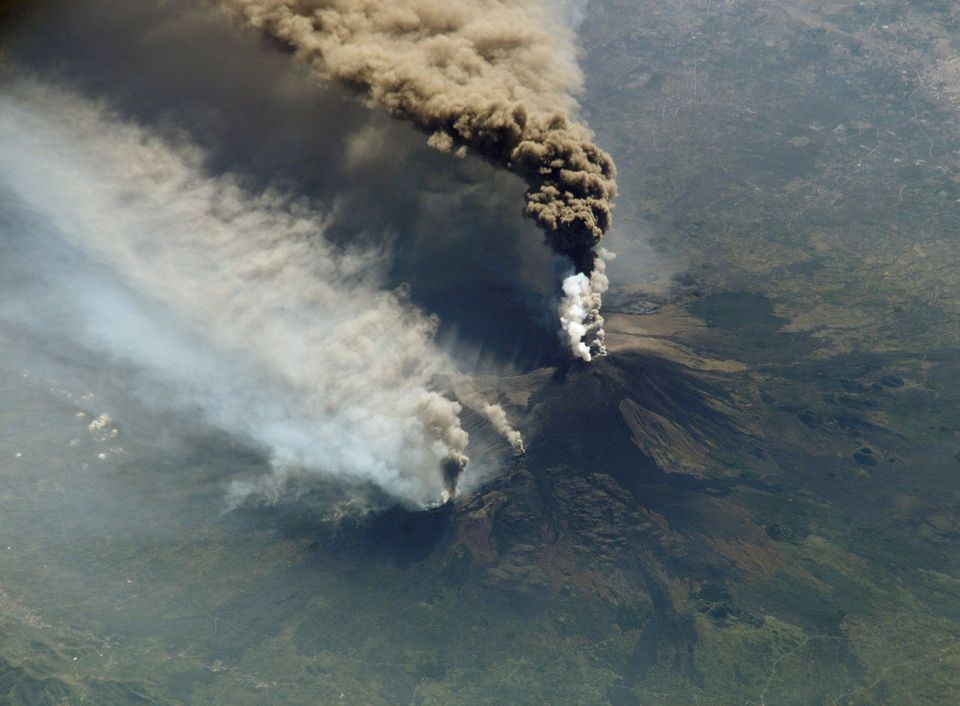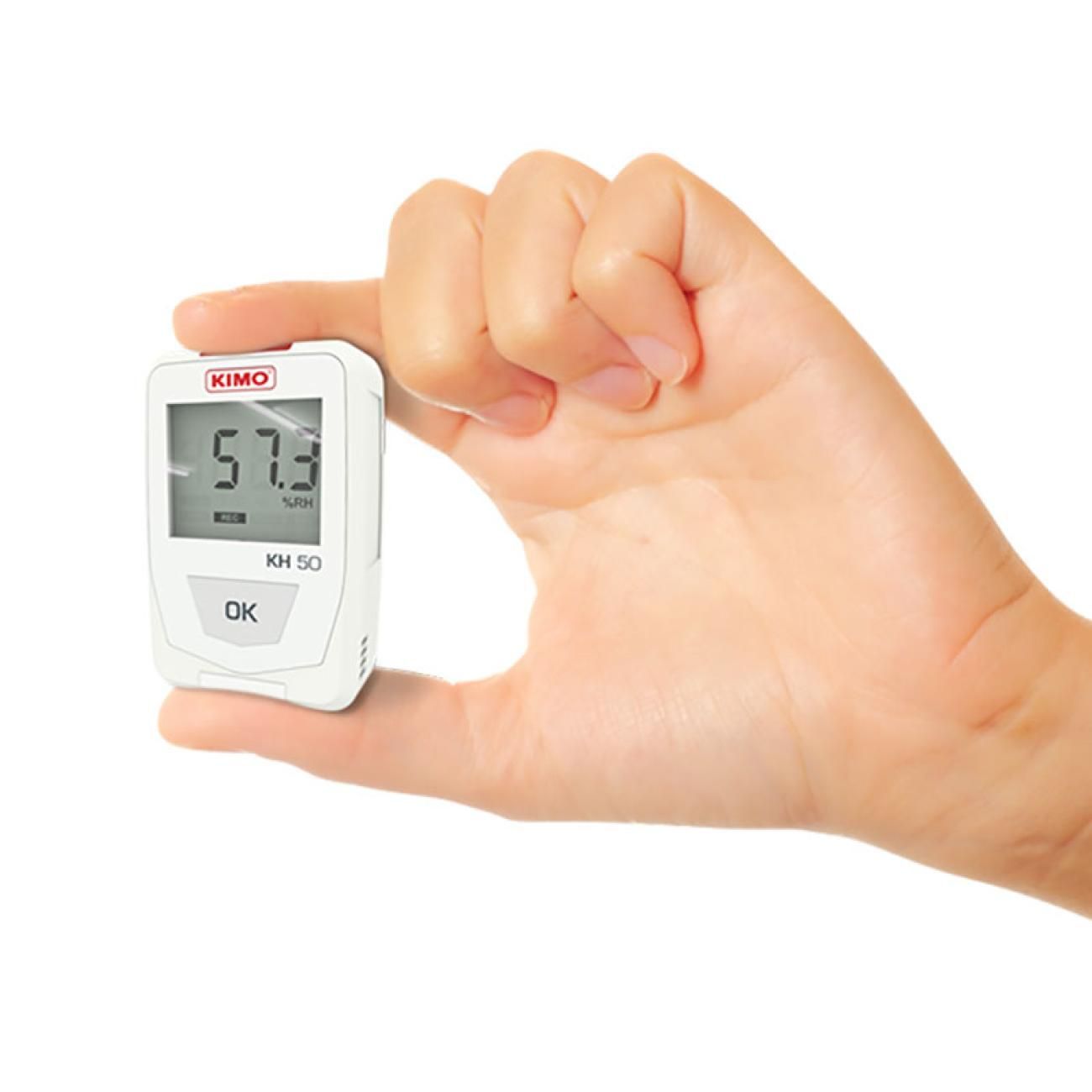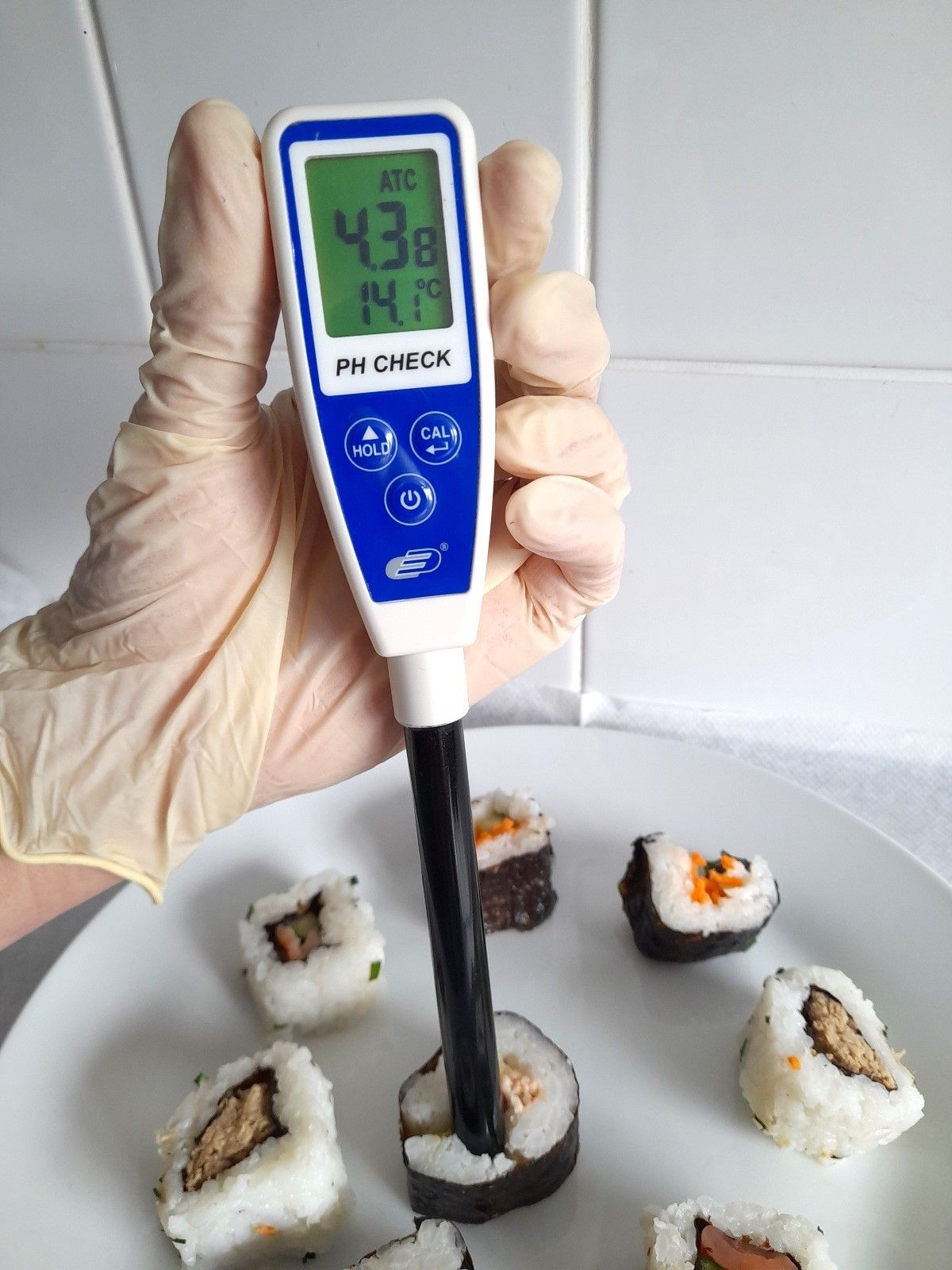26 February 2021
Under Pressure - Pushing down on me, Pressing down on you?
Mount Etna is an active volcano on Sicily’s east coast, it is the highest active volcano in Europe and covers approximately 600 square miles. It is known that Mount Etna has been active for approximately 2.6 million years. The most violent eruption recorded was in 1669 when 830 million cubic metres of lava was dispersed and destroyed little villages and Catania, a western town in Sicily. More recently, there was an eruption in the Summer of 2001 that lasted weeks but Etna didn’t rest for long and erupted again this year.
Last Eruption
On the 16th February, Mount Etna erupted with large fountains of lava down onto the eastern side toward the Bove Valley and has continued with bursts ever since. Signs of activity began back in September 2019 and scientists at the Etna Observatory have indicated that it is difficult to know how long this may last. Locals are used to the activity and carry on with their daily tasks amid showers of lava rocks.
What causes an eruption?
Molten rock known as magma contains a build up gas, the pressure builds and then erupts to the surface as lava or when water comes into contact with magma creating steam, the pressure builds and explosion occurs which causes an eruption. This explosion can be measured using the The Volcanic Explosivity Index, which can measure how much is ejected, the height and how long these eruptions last. Measuring pressure and eruptions of a volcano is vital in determining when new eruptions may occur.
Techris Systems provide robust data logging manometers/differential pressure manometers, with a selection of pressure ranges (mBar, psi, kPa, inH2o etc) used to compare the pressure of two different points. Differential Manometers or pressure meters, have a wide variety of uses e.g.to measure the flow of gas, chemicals, liquid flow, in petrochemical plants or refineries, air conditioning units, refrigerators, transportation systems or industrial and research labs.












